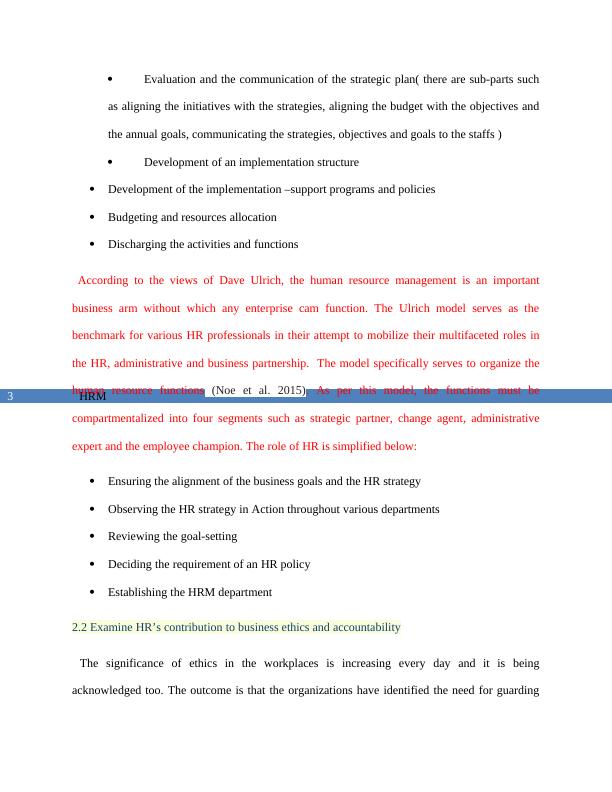Explain the key stages in strategy formulation and implementation and the role of HR
Added on 2022-11-30
8 Pages1540 Words392 Views
End of preview
Want to access all the pages? Upload your documents or become a member.
Critically Analyzing and Evaluating HRM Literature, Theories, Models, and Practices
|12
|3882
|5
HRM Strategies: Internal and External Factors, Alignments
|6
|1104
|144
Strategic Human Resource Management
|17
|4120
|82
Strategic Human Resource Management: Models, Performance Management, Rewards, and Employment Relations
|13
|4181
|372
Managing Human Resources
|18
|857
|39
Relationship between Business Strategy and Human Resource Strategy
|15
|4384
|57



